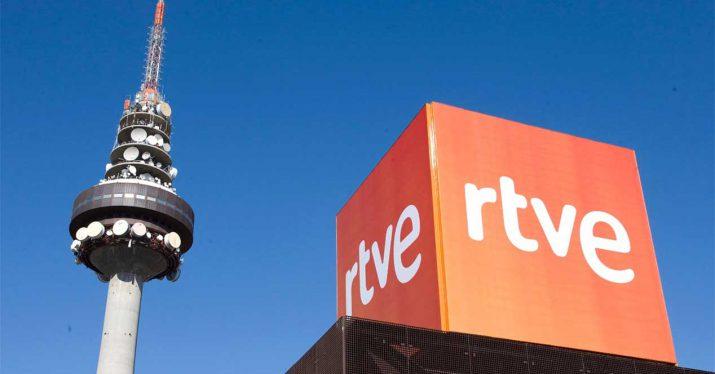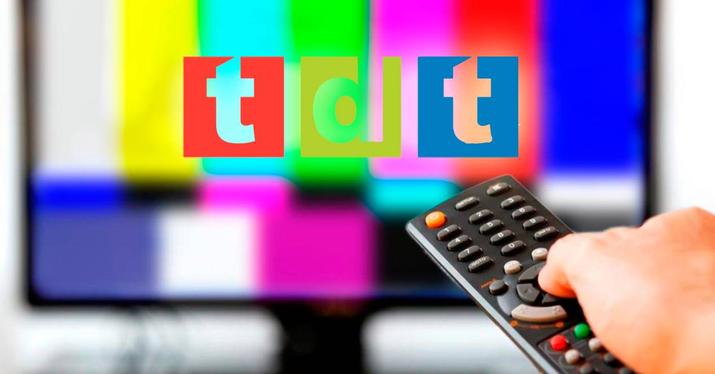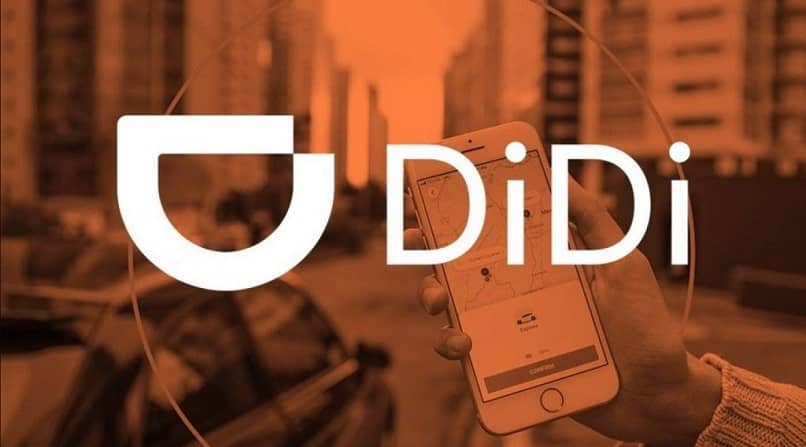According to data from Radiotelevisión Española, DTT represents 71.8% of television consumption in our country, in addition to being the only television that meets the requirements of service of general interest, including the provision of public service. However, it could be at risk in the future due to distribution of spectrum bands.
Possible changes in access to the current band occupied by DTT (sub700) will be discussed at the 2023 World Radiocommunication Conference (WRC-23) and, in the event that there is an alternation of this current situation, the result will impact DTT and the rest of the users of the band.
The future of the sub700 MHz band
After carrying out the first and second Digital Dividend, Digital Terrestrial Television was relegated to the spectrum band of 470-694 MHz, better known as sub700, after placing the new generation mobile services 4G and 5G on the frequency bands of 800 and 700 MHz, respectively.

RTVE
Right now, this band is the only one available after this process, but its access is not guaranteed in the long term. DTT shares it with wireless audiovisual production services (known as PMSE), wind profilers or weather radars. Opening the band to other uses would mean losing one of the most powerful and diverse audiovisual ecosystems in Europe and RTVE does not even see a positive aspect if that happens:
“Without access to the band, the creative and cultural industries would be affected. And so would content production, both Spanish and European. (…) Some administrations are considering opening it to other uses, but without providing conclusive studies on the cost-benefit ratio that this would entail. We do not know of any benefit for Spain in the event that the regulation of access to the spectrum changes.
This position is shared with that officially maintained by the Spanish Administration, the European sector of creative and cultural industries, as well as with representative organizations of the sector in Europe, such as the European Broadcasting Union (UER) or Broadcast Networks Europe ( BNE).
TDT, universal television
Radiotelevisión Española is a member of Televisión Abierta, a group made up of the main agents of Digital Terrestrial Television in Spain and which ensures the continuity of free and open access to this audiovisual media.

DTT
DTT is valued both from the point of view of providing equal conditions for its access, since it does not discriminate against citizens for social, geographical or age reasons and it is the most inclusive and sustainable way of distributing audiovisual content. Other forms of pay television, such as the rise of streaming platforms, cannot be easily and inexpensively accessible to most of society.
According to the data provided by RTVE to value DTT, it represents 71.8% of television consumption in our country and in Europe it is present in almost 185 million homes (45% of the total).
While waiting to see the resolution taken at the 2023 World Radiocommunication Conference, work is being done to improve the technology, with projects for the migration of all broadcasts to High Definition (HD) and the start of broadcasts in Ultra High Definition (UHD) in Spain, as well as long-term solutions such as 5G Broadcast.













